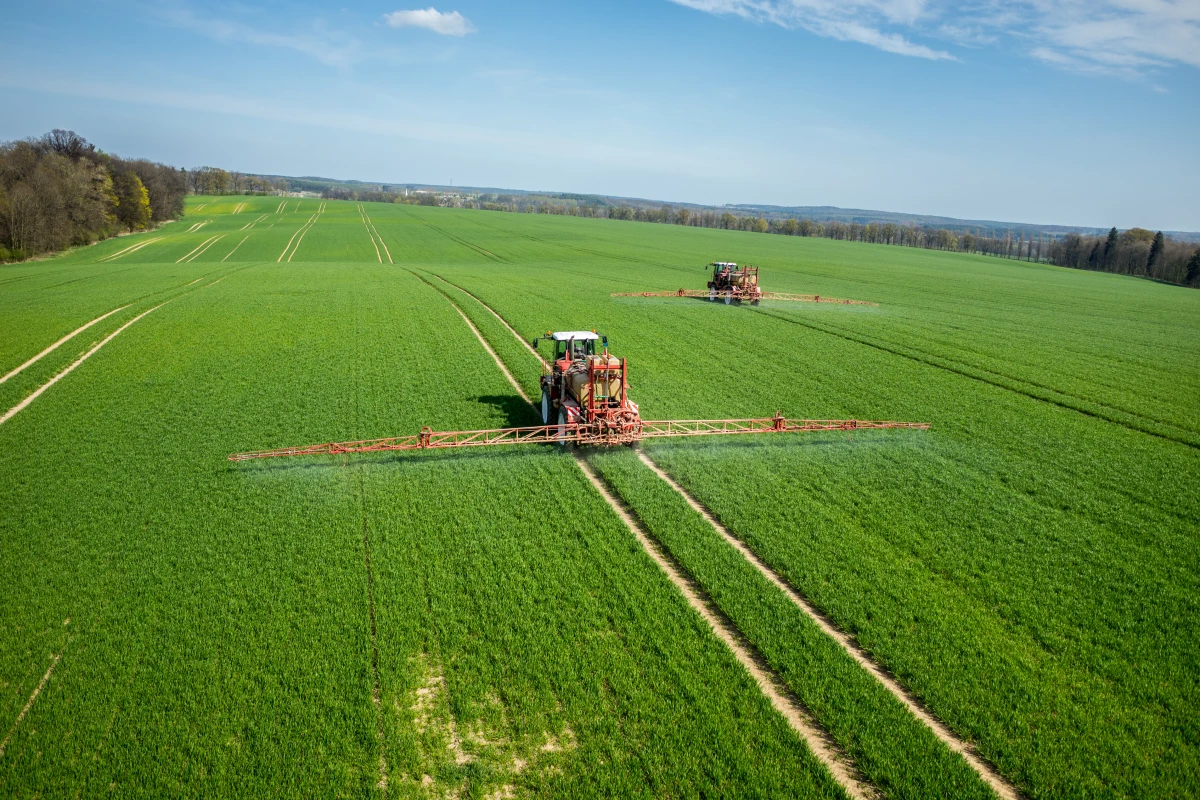Carbon dioxide is the main villain in most coverage of climate change, but it’s not working alone – other greenhouse gases like methane and nitrous oxide (N2O) also pose problems. Now, a new study has found that we’re releasing more N2O into the atmosphere than we thought, which may weaken our already-strained efforts to combat climate change.
Like CO2 and methane, N2O emissions are strongly linked to human industrial activity, and agriculture in particular. Plants need nitrogen in the soil to grow, so fertilizers rich in the stuff have been used widely in the past few decades. But as a by-product, the plants release nitrous oxide into the air around them.
“The increased nitrogen availability has made it possible to produce a lot more food,” says Rona Thompson, lead scientist on the study. “The downside is of course the environmental problems associated with it, such as rising N2O levels in the atmosphere.”
And once it’s in the atmosphere, N2O can be very harmful. It’s far more potent than CO2 – almost 300 times more damaging, in fact – and can deplete the ozone layer. Along with farming, N2O is also released from the oceans, and the levels of those emissions is due to rise as the seas become more acidic.
With all this in mind, it’s important to get an accurate understanding of N2O emissions, and this was the goal of the new study, by researchers from the NILU–Norwegian Institute for Air Research and the University of Maryland.
The team found that atmospheric levels of nitrous oxide have risen steadily since the middle of the 20th century, and this rate has accelerated since 2009. The largest contributions to the global increase were made by China, India and Brazil.
This means that there’s much more N2O in the atmosphere than previously estimated. The team calculated that between 2000 and 2005, and 2010 and 2015, N2O accounted for about 10 percent of the global total of greenhouse gas emissions.
Worryingly, that’s twice the amount that was reported to the United Nations Framework Convention on Climate Change. This data is then used for reports like those from the International Panel on Climate Change (IPCC) – meaning the already dire outlooks of these reports haven’t taken into account the extra N2O.
The team puts forward a possible explanation for the discrepancy. Because the amount of nitrogen in the soil is steadily going up, a certain amount of nitrogen fertilizer will release more N2O into the air than it used to. This changing relationship hasn’t been accounted for in the past – instead, organizations like the IPCC assume a constant emission factor.
It’s not all bad news though: the researchers say that the problem can be solved, although it will require a global effort.
“In Europe and North America, we have succeeded in decreasing growth in nitrous oxide emissions, an important contributor to climate change and stratospheric ozone depletion,” says Eric Davidson, co-author of the study. “Unfortunately, the same can't be said for Asia and South America, where fertilizer use, intensification of livestock production, and the resulting nitrous oxide emissions are growing rapidly.”
The research was published in the journal Nature Climate Change.
Source: University of Maryland, Scimex




